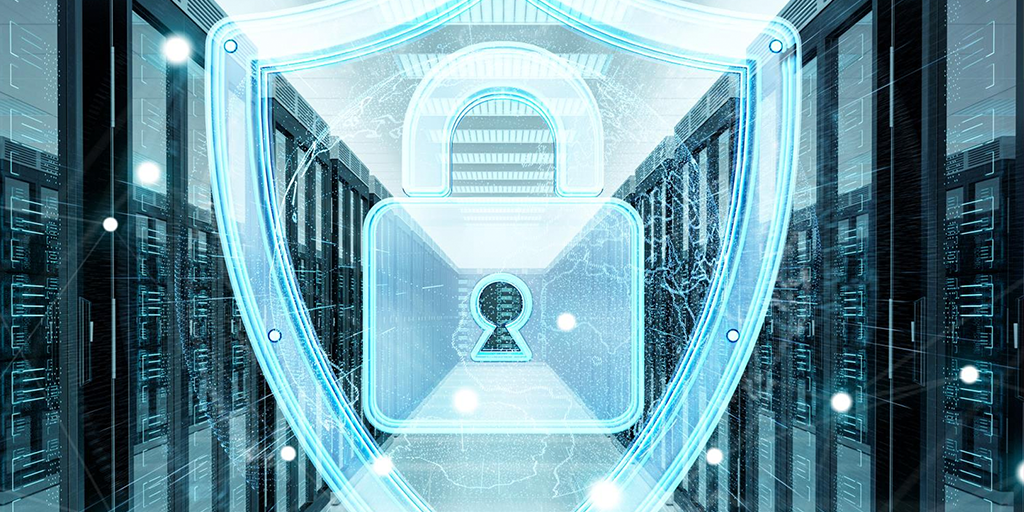Multi-Factor Authentication (MFA): Past, Present, and the Passwordless Future
In today’s connected world, protecting access to sensitive systems and data is more critical than ever. At Caddo Technology Group, we help organizations of all sizes strengthen their security posture, and one of the most effective ways to do that is through Multi-Factor Authentication (MFA).
This article explores what MFA is, how it developed, and where it’s heading as passwordless authentication gains momentum.
What is MFA?
Multi-Factor Authentication (MFA) is a security process that requires users to verify their identity with two or more factors before granting access to a system, application, or account. Instead of relying solely on a password (which can be stolen or guessed), MFA combines different categories of authentication:
- Something you know – a password, PIN, or security question.
- Something you have – a smartphone, security key, or smart card.
- Something you are – biometric identifiers such as fingerprints, facial recognition, or voice patterns.
By requiring more than one factor, MFA dramatically reduces the risk of unauthorized access, even if a password is compromised.
The History of MFA
The idea of multi-factor authentication has been around for decades, but it became mainstream in the early 2000s as organizations faced growing threats from phishing, malware, and stolen credentials.
- Early MFA (1990s–2000s): Banks and government agencies began issuing hardware tokens that generated one-time passcodes (OTP). These were paired with a username and password for secure logins.
- Widespread Adoption (2010s): With the rise of cloud applications and remote work, MFA became essential for enterprises. SMS codes, authenticator apps, and push notifications made MFA more user-friendly.
- Regulatory Influence: Compliance frameworks such as NIST 800-63, PCI DSS, HIPAA, and CMMC have since mandated or strongly recommended MFA, accelerating adoption across industries.
The Present State of MFA
Today, MFA is a baseline security requirement across enterprises, government, healthcare, and financial services. Popular methods include:
- Authenticator apps (Microsoft Authenticator, Google Authenticator, Duo Mobile)
- Push notifications for fast approval
- SMS codes (less secure, but still in use)
- Biometrics (fingerprint, Face ID, iris scans)
- Physical security keys (FIDO2/WebAuthn devices like YubiKey)
While MFA is highly effective, attackers continue to evolve tactics like MFA fatigue attacks (spamming push requests) and phishing kits that bypass one-time codes. This has fueled the next evolution: passwordless authentication.
The Future: Passwordless Authentication
Passwordless authentication removes the weakest link — the password itself. Instead, users authenticate with a combination of secure biometrics, device-based cryptography, or hardware security keys.
Key advancements driving this shift include:
- FIDO2 & WebAuthn standards: Supported by Microsoft, Apple, Google, and major browsers, enabling seamless passwordless logins.
- Passkeys: A new technology that replaces passwords with cryptographic key pairs tied to a device, synced across platforms securely.
- Zero Trust frameworks: Organizations are moving toward identity-centric security, where every login and device must be verified continuously.
The future is clear: MFA will evolve into a passwordless, frictionless experience that is both more secure and more user-friendly.
How Caddo Technology Group Helps
At Caddo Technology Group, we partner with government organizations, enterprises, and non-profits to deploy MFA and modern identity solutions tailored to their needs. Our engineers design authentication strategies that balance security, compliance, and usability, including:
- MFA rollout planning and user adoption strategies
- Integration with Active Directory, Azure AD, Okta, and other identity providers
- Deployment of passwordless solutions such as passkeys and FIDO2 security keys
- Compliance alignment with NIST, CMMC, PCI DSS, and other standards
Conclusion
From hardware tokens in the 1990s to passwordless login in the 2020s, the journey of MFA reflects a growing need for stronger, smarter, and simpler security. Passwords alone are no longer enough, and organizations that adopt modern MFA and passwordless strategies are better positioned to defend against evolving cyber threats.
At Caddo Technology Group, we help clients take the next step in securing their digital future.
👉 Ready to modernize your authentication strategy?
Contact Caddo Technology Group today to learn how we can strengthen your identity security.

